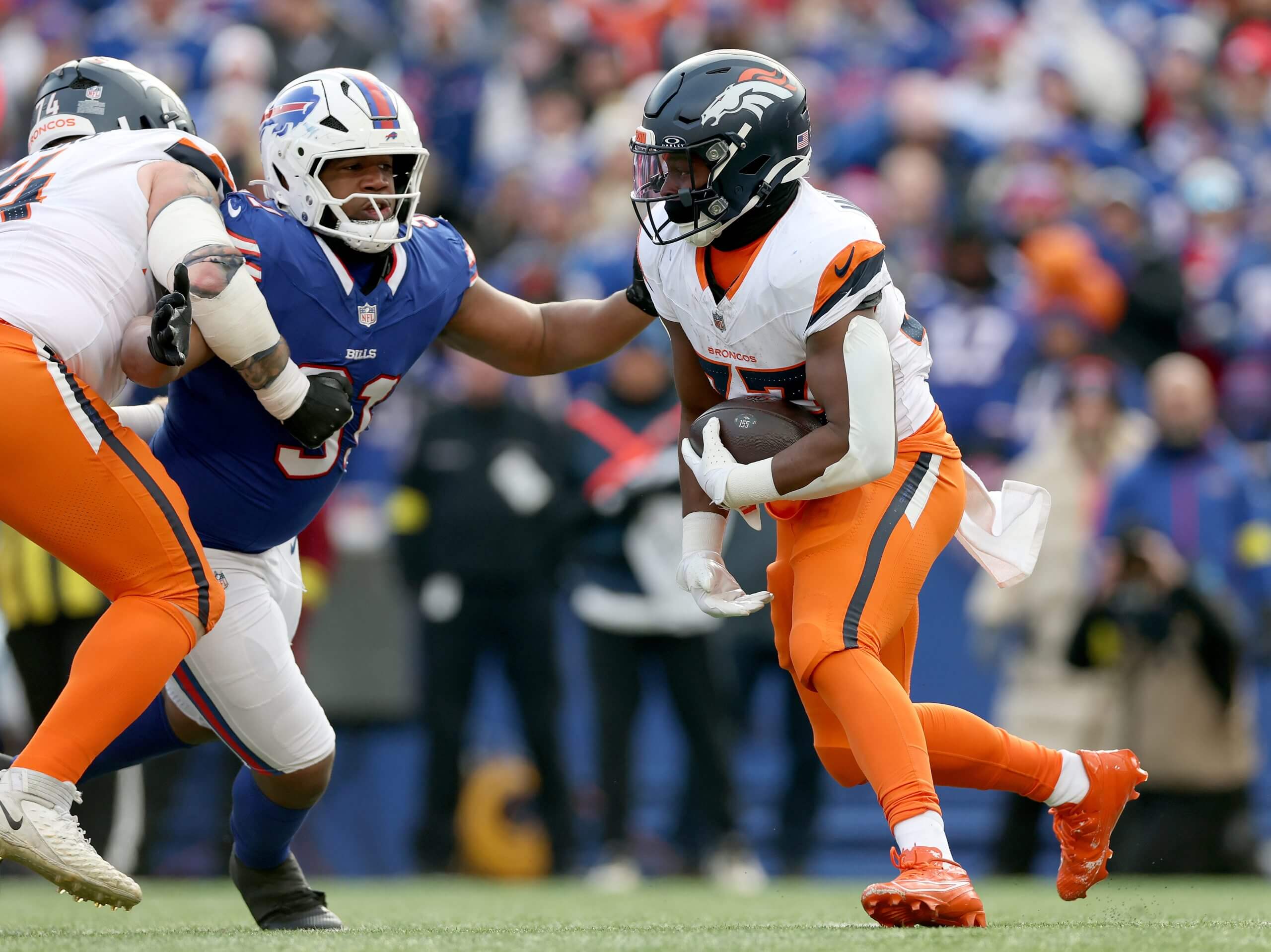
Sean Payton has twice used a first-round pick in the NFL Draft on a running back. His first pick as the head coach of the New Orleans Saints, in fact, was used on the position when the team drafted Reggie Bush second overall in 2006. Five years later, Payton traded back into the first round to select Mark Ingram.
Advertisement
All those two players did was pile up 12,536 yards of offense, 86 touchdowns, three Pro Bowl appearances and one Super Bowl across 15 combined seasons.
George Paton, meanwhile, hasn’t selected a first-round running back since becoming the general manager of the Broncos in 2021. But he joined the front office of the Minnesota Vikings, in 2008, the year after they drafted Adrian Peterson, a future Hall of Famer “who impacted that organization for a long time.”
“If you can find a guy like that, you take him — right away,” Paton said as he sat alongside Payton during the duo’s virtual pre-draft news conference Thursday. “If he’s the best player on the board and he can impact your team, I think you take him, regardless of position.”
The question is not whether the Broncos would fill their biggest roster need by taking a running back with the No. 20 pick — or somewhere else in the first round after a trade. The question, with the draft one week away, is whether that will be the particular path used to acquire a critical, three-down piece for a team trying to vault itself to the top of the AFC West in 2025. And, if it’s not, what is the overall plan for piecing together a more effective backfield?
The pre-draft news conference is always light on specifics. Sometimes they can even be teeming with subterfuge. Payton, after all, gleefully shared last year after the first night of the draft that he stoked rumors behind the scenes of Denver’s interest in Michigan quarterback J.J. McCarthy throughout the pre-draft process, only to be angling for Bo Nix the entire time. Still, Payton and Paton, entering the third draft together as the team’s lead football decision-makers, shared a few interesting tidbits about the team’s pursuit of a running back and other roster positions.
The Broncos have done extensive legwork on what is considered to be one of the deepest running back classes in years. That includes a “heavy” amount of time on likely top-10 pick Ashton Jeanty — the consensus top running back out of Boise State who shared that description of Denver’s evaluation efforts during a recent podcast appearance — repeated visits with potential targets at No. 20, North Carolina’s Omarion Hampton and Ohio State’s TreyVeon Henderson and options for every round to follow.
The work has left the Broncos confident they will add an impactful piece — or maybe more — by the time next week is over.
“Certainly, there are a lot of runners in this draft, but they are different types of runners,” Payton said, echoing the “different flavors” description of the class Paton used at the NFL’s league meetings in Florida last month. “Some of them are physical, downhill runners. Some can take a misdirection, scissors-type run and go the other direction of it. It just depends what you’re looking for.”
Advertisement
What the Broncos need to be looking for, most simply, is a more efficient, higher-workload running back than any Payton has had since he began conducting the offense in 2023. The running backs in Payton’s offense — even the best ones he’s had — have rarely been among the league leaders in rushing attempts. But he’s also never had a lead back carry the ball less regularly than the 8.2 attempts per game Javonte Williams averaged last year.

Broncos running back Javonte Williams’ 513 rushing yards in 2024 were the fewest rushing yards by a Broncos leading back since 2008. (Elsa / Getty Images)
“I think if you have a real clear vision for how you want to use him, I think it’s just a team feeling for how good that player is and how good of a career we think he can have,” Payton said of the prospect of upgrading his running back room with a first-round talent. “Sometimes it’s just the way the draft unfolds. Sometimes you don’t take one and it’s not because you don’t want to take one. It’s because another position landed in your lap. A lot of it is your team and the player specifically.”
While the Broncos may not strain to replace the rushing production Williams (who suffered a devastating knee injury in 2022) provided the past two seasons, he was Denver’s best pass protector last season. The running backs remaining on Denver’s roster are either unproven or inexperienced in that aspect of the role — Audric Estimé, Tyler Badie, Blake Watson — or lack the necessary dimensions to fill it regularly in Jaleel McLaughlin. It adds another important wrinkle to Denver’s search for the right running back.
“You don’t see a lot of college runners protecting at a high level,” Paton said. “So that’s where you have to dig into the player, the person, the build, the body type, his running style, when you’re trying to project whether he’ll be a good pass protector. Is he mentally strong enough to be a good pass protector. So you’re looking at all those things. Obviously, you’re looking at him as a runner, the pass-receiving skills, is he a three-down back? A change-of-pace (back)? Does he have the traits to develop as a pass protector. That’s what we did into.”
The Broncos earlier this week hosted Henderson, who finished a four-year career at Ohio State by helping lead the Buckeyes to a national championship, on a top-30 visit. Henderson is the somewhat rare prospect who does have ample pro-style pass-protection reps on tape. Dane Brugler, The Athletic draft analyst who ranks Henderson as the fourth-best running back, wrote that as a pass protector, “delivers thunderbolts into his target.” Selecting Henderson, whether at No. 20 or after a trade into the early part of the second round — he’s unlikely to be available at Denver’s scheduled pick of No. 51 — would be a shift toward a more complete-back picture than Denver had at the position last season.
Another interesting insight shared by Payton: he said he agreed with the sentiment that there are relatively few prospects with true first-round grades in this draft. That could change how the Broncos evaluate the opportunity cost of taking a running back in the first round, making it a more palatable selection if you don’t have first-round grades on the players at more premium positions who may be available.
Advertisement
“In normal years, there’s usually ‘X’ amount of this, ‘X’ amount of that, when you look at the first 15 picks,” Payton said. “… It’s good to be picking 20 then, if that’s the case. We’ve all heard and read, depending on where you’re at and what you need, there is a point where we feel like we can get a similar player at this portion of the round that you might be able to get seven picks up and that you might be able to get seven picks into the second (round). I think our board reflects some of (that).”
Here are a few other notes from the interviews with the Broncos brass Thursday:
Defensive line another first-round consideration
In addition to running back, Payton pointed to the defensive line as the draft’s other deep position. The immediate need at that spot for Denver is not as pronounced as the one at running back. Every member of a defensive front that contributed to Denver’s franchise-record, 63-sack performance last season is back in 2025. But Zach Allen, John Franklin-Myers and Malcolm Roach are all entering the final years of their respective contracts, and getting deals done with all three may be a difficult dance. Either way, Paton has said it is a priority “to keep feeding those lines” on either side of the ball.
The Broncos recently hosted Ole Miss defensive lineman Walter Nolen on a visit. They’ve had touch points with all the other first-round prospects, too, including Oregon’s Derrick Harmon and Michigan’s Kenneth Grant.
Payton reiterates confidence in wide receivers
When national mock drafts aren’t sending the Broncos a running back like Hampton, a defensive lineman like Harmon or a tight end like Colston Loveland, they are sending Payton and Nix another wide receiver, be it Texas’ Matthew Golden, Missouri’s Luther Burden III or Ohio State’s Emeka Egbuka.
It’s a plausible path to adding another weapon in Denver’s offense. But if the Broncos do use their top pick on a wide receiver, it will be because the board twisted in a way that it presented an opportunity too good to pass up. Not because Payton feels pressed into upgrading the room.
“Look, we drafted two receivers last year (Troy Franklin in the fourth round; Devaughn Vele in the seventh), and the good news is after their first year, man, we really like their progress,” Payton said. “And just take Marvin (Mims), for a second, from Year 1 to Year 2. We saw the return ability and certain glimpses in his rookie year. (There was) more production, obviously, in his second year. … I would say we’re happy with the two we selected a year ago, the one we selected two years ago, and the guys that are already here.”
Advertisement
Trade feelers already being sent out
Paton said the Broncos “have already made a lot of calls” this week as they evaluate the appetite various teams may have to move up or back in the draft order. Next week, he said, those calls will become more substantive. Sitting at No. 20, the general manager believes the Broncos could be in the mix or both kinds of calls.
“I’ve talked to most every GM in the NFL to set the table, set the plan,” Paton said. “‘Hey, if your player is here and you move up, what’s the range?’ So you start talking parameters. And then it starts getting more serious next week. Really, on draft day, sometimes you haven’t heard from a team and suddenly someone really want to come up; their aggressive because their player is there.”
Payton said part of the trade calculus is determining which decision-makers around the league “are more risk-adverse or maybe a little more conventional that would be harder to envision a significant trade, just historically.”
“Then there’s always a new group in our league, right? New GMs and new coaches,” Payton said. “So how do you look at them? There’s certain ones where you know right away you can do business without either (side) having to feel like they’re getting a win.”
(Top photo of Omarion Hampton: Grant Halverson / Getty Images)
This news was originally published on this post .






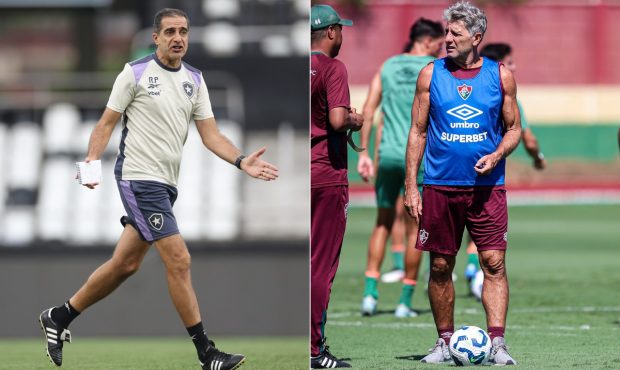
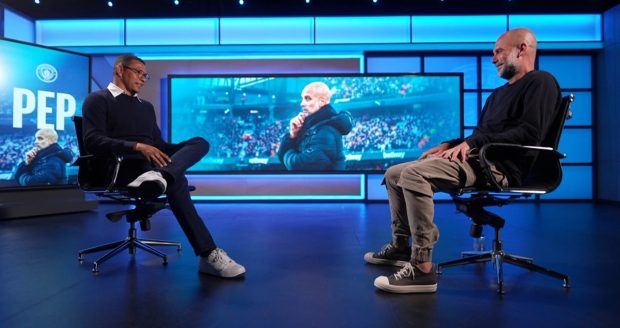
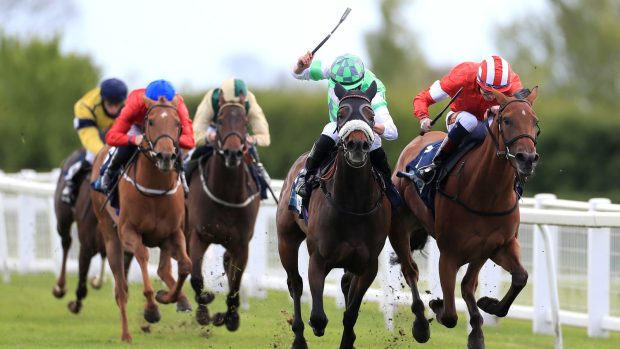
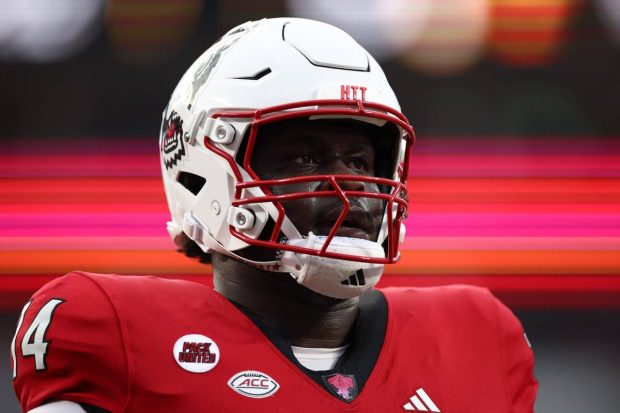
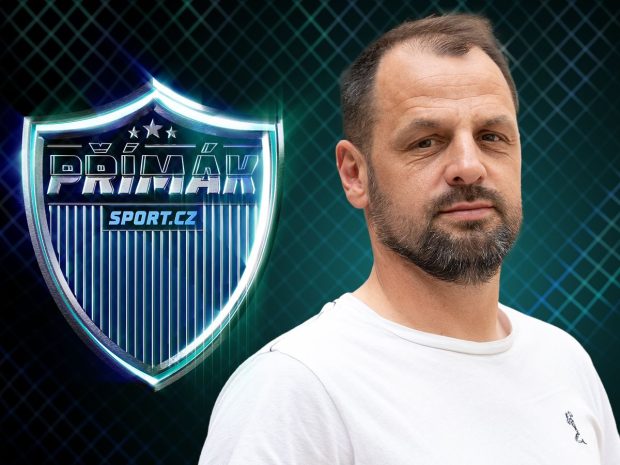
Be the first to leave a comment